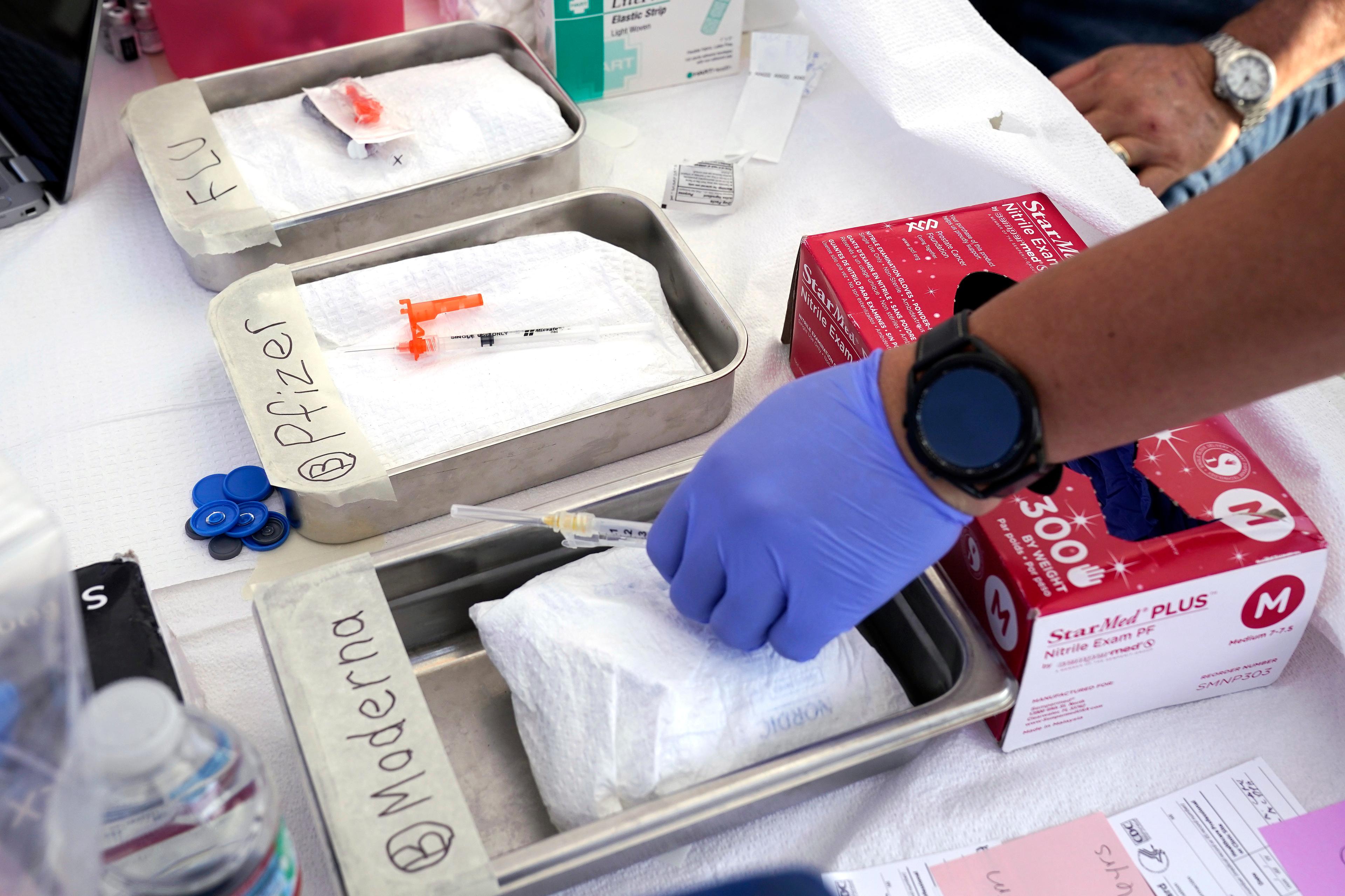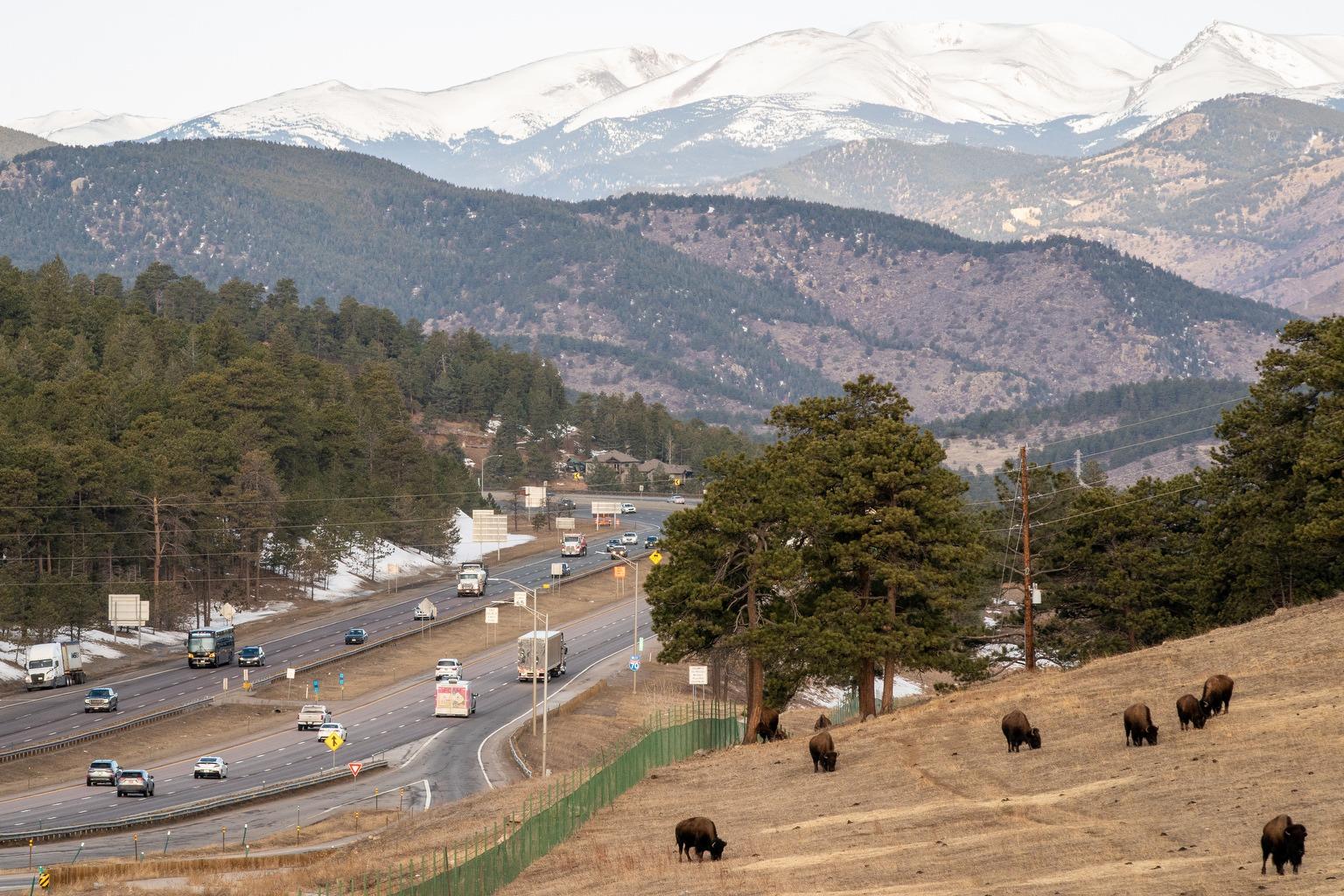
Open enrollment to sign up for health insurance for 2017 starts Tuesday and Coloradans can expect sharp price increases for 2017. Premium rates are rising by an average of about 20 percent.
“I think there's certainly going to be some sticker shock," said Jeff Bontrager, who follows the insurance market for the Colorado Health Institute.
Key Dates
- Nov. 1: Open Enrollment begins 2017 coverage
- Dec. 15: Last day to enroll for coverage starting on Jan. 1, 2017
- Jan. 31, 2017: Last day to enroll for 2017 coverage
Who's Affected
The rate hikes affect about 450,000 people, a little less than 10 percent of all Coloradans. These are people who don’t get insurance through their employer, or a government program.
Prices on the individual market are going up faster than any year since Obamacare, the Affordable Care Act, launched in 2014. In 2015, premium prices in Colorado went up a little less than 10 percent. Previously they were up about 1 percent. So this increase is notable.
In past years, some rural parts of the state have been hit hardest. The same will likely hold true. Rural areas have less population, and that drives health costs up. Consider the Western Slope, where consumers already pay some of the nation’s highest premiums. Rates there will soar 28 percent.
In 14 counties in western Colorado, only one carrier, Anthem, is selling plans through the state’s insurance exchange. But on the eastern plains and the southeast part of the state, those increases are even higher: 39 percent, the state’s highest hike.
What’s driving those price hikes? When Obamacare started, insurers were competing for market share by offering low prices. Those prices turned out to be less than it cost to provide medical care for their patients. That was especially true for some of the sicker people who signed up with the ACA who maybe hadn’t had insurance for a few years. Now some insurers are getting cold feet and they’ve dropped out of offering insurance on the Obamacare exchanges. The insurers that are staying have raised prices.
There's some good news for consumers though. Most people who seek insurance on the individual market through the exchange do qualify for federal tax credits. To qualify your income needs to be below a certain level. If it is, there’s a reduction in what you pay, said Kevin Patterson, CEO of Colorado’s exchange, Connect for Health Colorado. Sixty-two percent of people who shop for individual plans on the exchange do qualify.
This year, the health insurance marketplace Connect for Health has a new online tool to help consumers find the most cost-effective coverage. It takes into account tax credits, premiums, co-pays, deductibles and out of pocket costs.
For individuals who don't buy health insurance coverage, there's a tax penalty that works out to almost $700.








